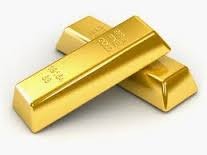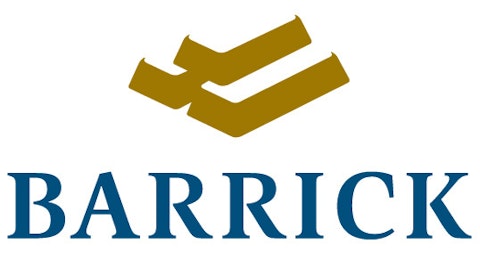Not long ago gold was approaching $2,000 an ounce. In June, the price of gold plummeted to under $1,200 an ounce — a drop that happened very quickly.
Analysts are maintaining their target price of $1,250, which implies a modest downside. Yet the infomercials attempt to make the case that gold is destined to reach $5,000 an ounce within the next few years.
So what is in store for gold? Is this the beginning of a downward spiral or a sustained rebound?
A powerful indicator
There are a lot of reasons why people buy gold, such as to hedge against inflation or global uncertainty. But there is one indicator that stands out: net positions by the professionals in the field who deal in actual gold.

Because the “hedgers” usually own the asset, they hedge through options and futures contracts by taking a short position (protecting against a decline in prices). A logical indicator that many of the “pros” use to predict whether or not a commodity is going to either “pop” or “drop” is the degree to which the hedgers are net short.
If they leave a large portion of their holdings unhedged, then that is an indicator that the market will turn bullish because it suggests that the hedgers (the guys who have “legal insider knowledge”) have left their positions unhedged, apparently because they hope to profit from a rise in the price of the commodity. By contrast, if they increase their net short position, then that is an indicator of a bear market because it suggests that the hedgers are attempting to protect their holdings in the event that the price of the asset that they are holding declines.
What the tea leaves say
Right now the “hedgers” are the least net short that they have been in about a dozen years. Put another way, they haven’t been this bullish since gold was priced at $300 an ounce. And we know the nice run that gold had back then.
Then again there are those that argue that if gold traded strictly as a commodity that it would trade at around $1,000 an ounce. They contend that gold trades not as a commodity but rather as a precious metal. Confused? All that they are saying is that people buy gold based on the perceived (key word) strength and stability of the world economy.
What has influenced the price of gold?
There are three catalysts that have influenced the price of gold over the past couple of years. First, the bulls believed that the Federal Reserve’s policy of quantitative easing would accelerate inflation thus making gold an attractive investment. Second, the President of the European Central Bank declared that he will do whatever it takes to preserve the Euro. And third, the recent increase in interest rates makes it more costly for investors to hold an asset like gold, which pays neither a dividend nor interest.
How to profit
You can purchase shares of iShares Gold Trust(ETF) (NYSEARCA:IAU). That investment vehicle seeks to reflect the price of gold owned by the trust less the trust’s expenses and liabilities — which are somewhere around 0.25%. That fund is intended to constitute a simple and cost-effective means of making an investment similar to an investment in gold. You can also purchase SPDR Gold Trust (ETF) (NYSEARCA:GLD) or even companies like Freeport-McMoRan Copper & Gold Inc. (NYSE:FCX).
Freeport-McMoran deals in the mining of gold, silver, copper, and molybdenum (basically a fancy name for lead). It has estimated recoverable reserves of 119.7 billion pounds of copper, 34 million ounces of gold, 3.4 billion pounds of molybdenum, and 330 million ounces of silver. When the price of precious metals increases, most — if not all — of that increase is directly reflected in the company’s earnings. If gold is at $1,300 per ounce, for example, Freeport-McMoRan Copper & Gold Inc. (NYSE:FCX)’s yearly earnings might be $2.50 whereas if gold recovers to $1,500 to $1,600 per ounce earnings could spike by 80% to $4.50.

